With shooting modes, apertures, ISO settings, shutter speeds and white balance, it’s not surprising novice photographers get confused – even before they point the camera. So what’s the first thing to set on your camera before you go out and take pictures?
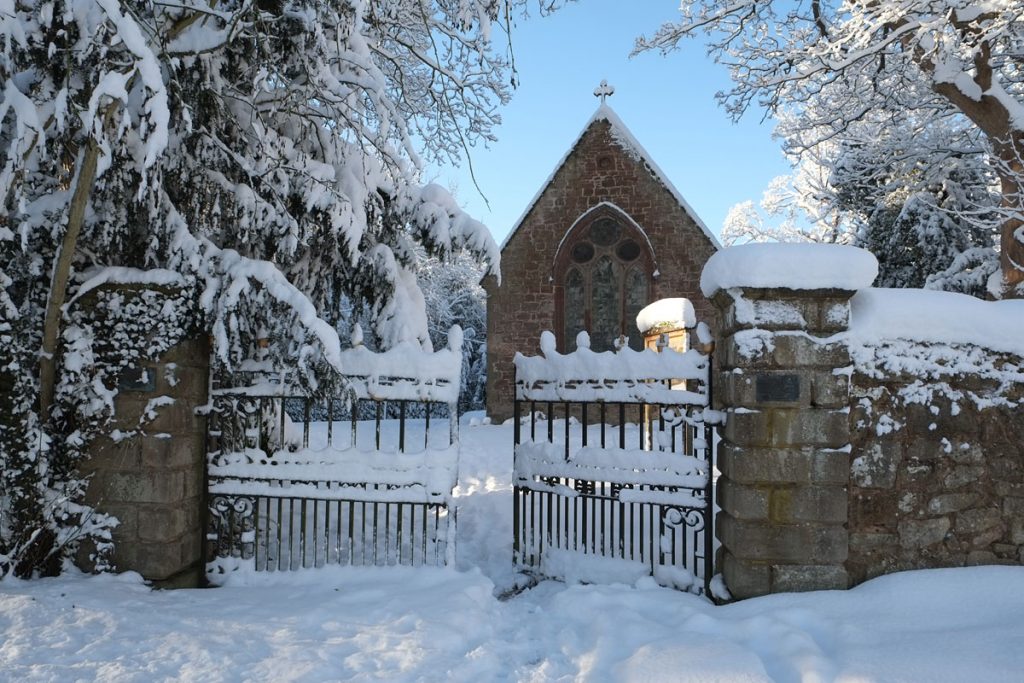
Which camera setting to set first?
I teach a great many novice photographers. Without exception they all get confused by the sheer number of settings on their camera. Nearly all ask the same question – which should I set first? The Aperture or the Shutter Speed?
ISO settings
Well, before you set either of these, you really must understand your ISO settings. This is the first setting to set BEFORE anything else. This is the one you can – mostly – set even before you walk through the door to go and take photographs.
The ISO settings are a way to change the sensitivity of your camera’s sensor to light. It is the digital equivalent of the old ‘film speed’. The lower the ISO number, the less sensitive your sensor is to light.
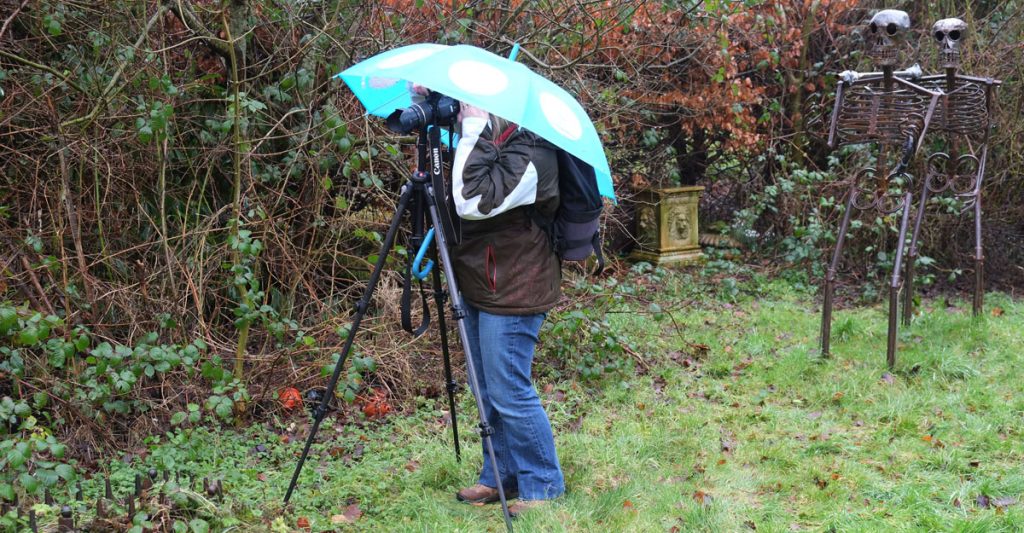
Low or high ISO settings?
If you are heading out to take landscape photographs on a sunny day, you can safely set ISO 200 or ISO 100 in the knowledge that there will be plenty of light to work with.
If you set off to shoot Street Photography on a cloudy day, then you will certainly want to set a minimum ISO setting of ISO 400. Maybe ISO 800 or even ISO 1600 might be necessary in gloomy light.
If you are going to shoot candid pictures indoors, you should think of pushing up that ISO setting to anything up to ISO 6400.
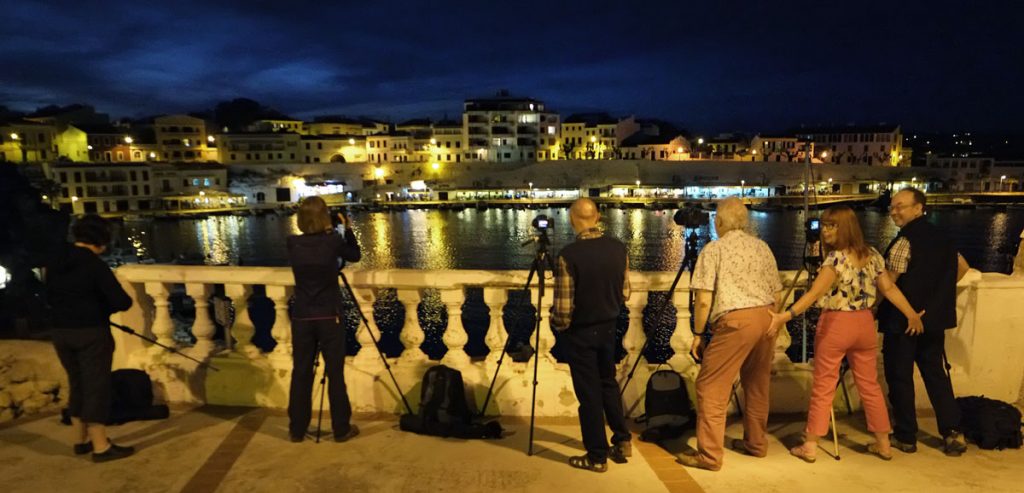
Should you use Auto ISO?
Yes, I know most modern digital cameras have an Auto ISO setting, and this would seem to be the answer to all your problems. My advice is to avoid Auto ISO. It has its place, and is a real blessing for sport or wildlife photographers. But you will never get to grips with an understanding of correct aperture and shutter speed settings if you use Auto ISO.
The lower the ISO the better the quality
It is important to understand that the lower the ISO setting, the better the quality of your images. The colour will be more saturated, the contrast will be better, the detail will be at its finest. Everything is better when you keep the ISO setting down to ISO 200 or lower.
It’s true that modern camera sensors are wonderful – and getting better all the time. Yet there is still a price to pay when you push that ISO up for maximum sensitivity. Colours are more muted, sharpness and fine detail is reduced. You will also increase noise. That’s the old film equivalant of graininess. This can sometimes be very unpleasant and detract from your image.
ISO FIRST
So, the first thing to set on your camera before you go out to take pictures is the ISO setting. You will only need to change it during your shooting session if the light conditions change or you decide to change your subjects. For example – moving from outdoors to indoors.
Learn alongside Philip Dunn with one-to-one photography tuition
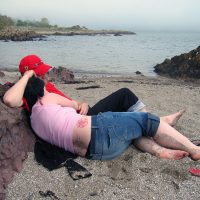
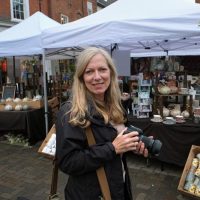
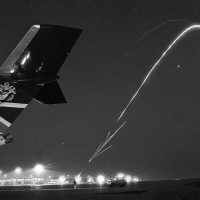
I’m sure I recognise those snappers…
Yes, Russell – Norene and I have such fond and happy memories of that lovely fun group of photographers in Menorca.